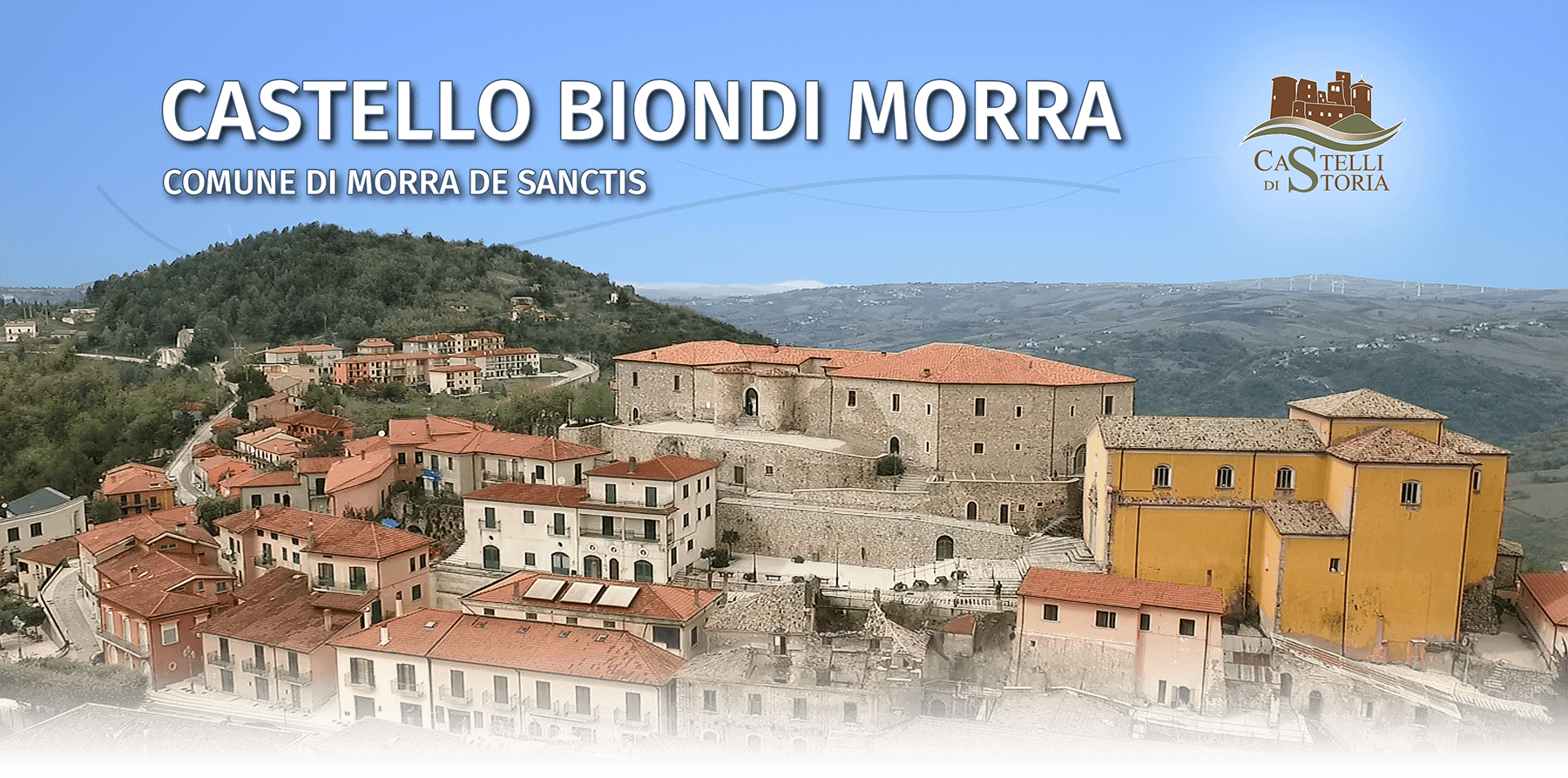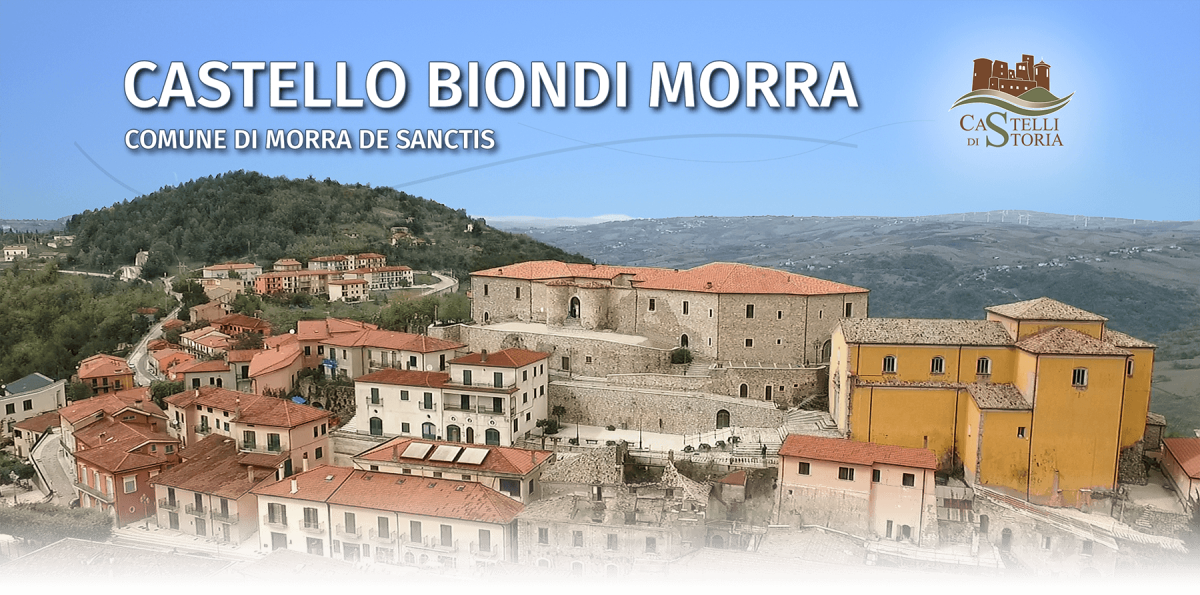The castle was founded Biondi Morra, in all likelihood, by the Lombards in the ninth century, when the Principality of Salerno is divided by that of Benevento and faced him with the steward of Conza, protected by fortified positions of Cairndow, Andretta, Calitri and precisely Morra . The infighting in the Lombard kingdom and the incursions of the Saracens, as well as the need for greater control of the territory, then drove to the construction of the fort on this hill, with the subsequent fortification of the population for greater security. The first historical are 1137: according to the story of Peter Deacon, the Norman leader Roberto Morra came out of his castle to hunt Rainaldo of Montecassino. The feud was home to famous men, Pope Gregory VIII (source morres), Cardinal Peter Morra, the Grand Master Executioner Henry and his son James, which the Vulgate says was the famous poet Giacomo Pugliese of the court of Frederick II. In dynastic struggles between Anjou and Durazzeschi, Castle Morra was attacked, and ended before the Giamvilla and then the Caracciolo. With the new owners began a slow decline of the feud, and only in 1620, the heir Marco Antonio Morra, royal advisor and nephew of the unfortunate poet Isabella Morra, it organized the restoration. In the ‘700 Morra lived in rich palaces in Naples and Benevento, so the building was designated a holiday home, having long since lost its characteristic of defense: among its guests, in this period, there was also the General Murat Carlo Antonio Manhès.The manor came to be inhabited only in the 1850s, when a series of financial setbacks reported the Morra to their home of origin. In 1911, following a fire in the north and in the old library, it was rearranged and expanded the square outside the castle as well as the access road to the stables. In 1980 much of the castle was destroyed by the earthquake, and so many memories contained within it were lost forever; only in 2009, after finishing the work of reconstruction and restoration, the castle was returned to its former glory. The plant and the architectural style is seventeenth century, clearly visible in the beautiful entrance portal. The masonry stones and the two cylindrical towers, of Norman style, stand guard at the main entrance. Probably the strongest had a wall that still recognize some parts incorporated into later structures, and pass gates in the walls, one of which may have become, as a result, the base of the tower. In recent excavation works, it has been brought to light a door in the Gothic style. The manor was subject to more revisions, in the fourteenth century, because of the looting of German mercenary troops of the Duke Louis of Andegavia, fell in Irpinia for the war of Charles III of Durazzo, in 1610, in 1695, after the catastrophic earthquake that It destroyed much of the Alta Irpinia, in 1799, following the intervention of French troops, in 1911 and after the earthquake of 1980. Campeggia the main door the emblem of Morra, divided into three distinct areas: from left, acknowledges the original blazon of Morra (crossed swords in half to four stars), on the right, that of the family Epifanio of Benevento, in the center instead graced two papal tiaras with related crossed keys that relate to the two popes expressed by the Morra family, Gregory VIII (or Alberto Morra, who died in Pisa in 1187) and Victor III (Epifanio Desiderio, abbot of Monte Cassino, 1027-1087). To the left there are three bezants, coins minted by the family in the Middle Ages, a symbol of the great power that this family and this castle, for a time represented.

 Add to favorites
Add to favorites

